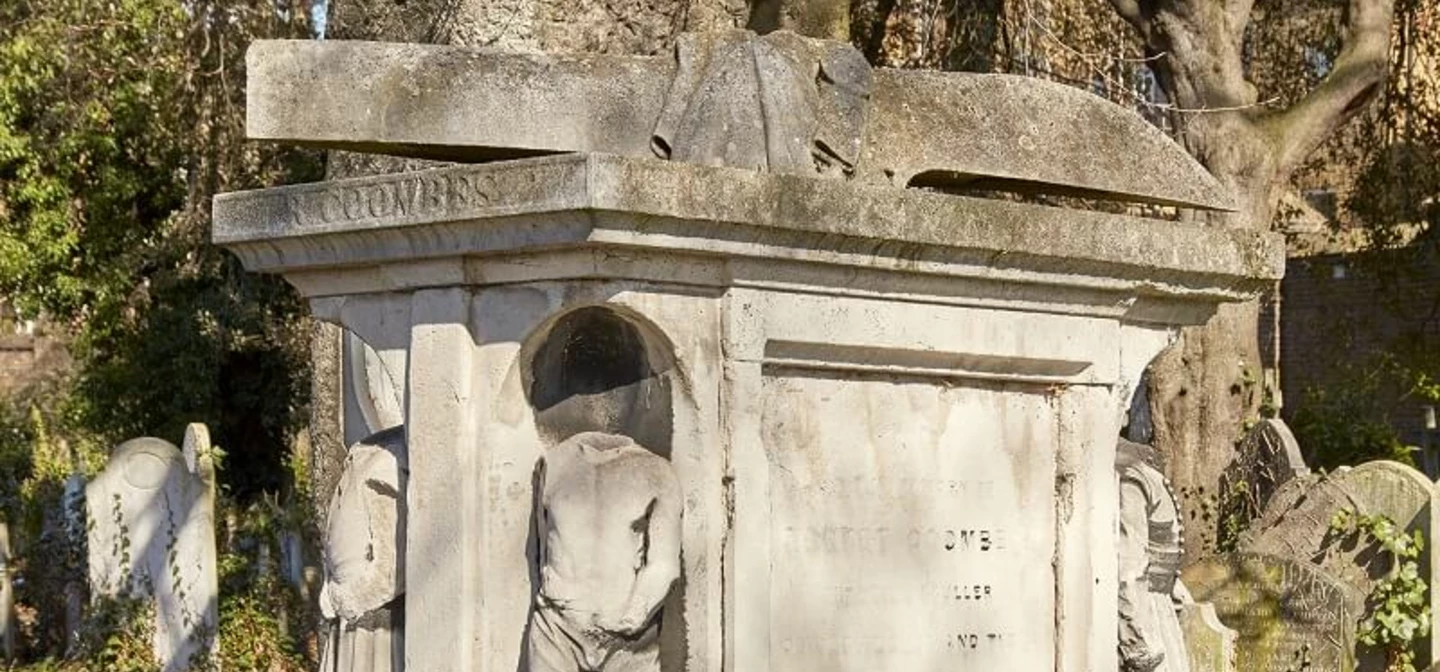
Robert Coombes (1808-1860)
Coombes, the waterman
Robert Coombes was the fastest oarsman on the Thames and the Tyne.
Coombes was one of the greatest professional oarsmen of his time. He began rowing when he was still a boy, working as a waterman carrying passengers on the River Thames.
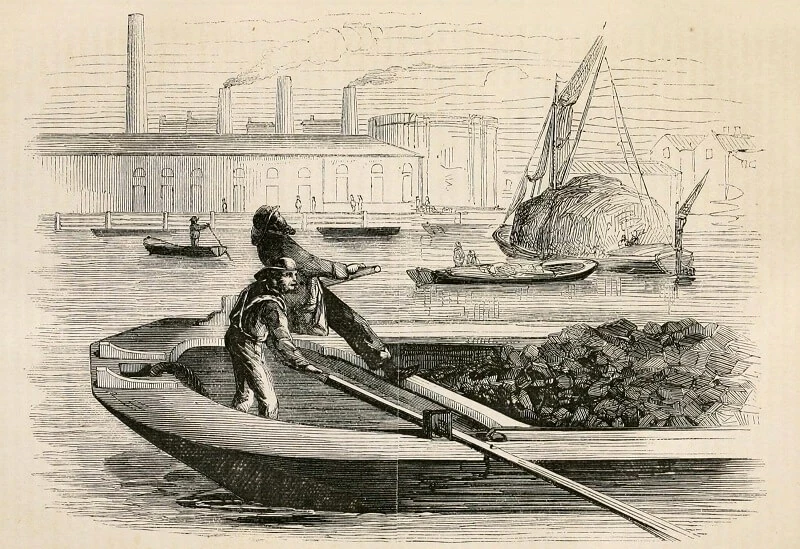
Rowing champion
He started winning rowing races when he was in his late twenties, becoming English Sculling Champion three times. Though he was small and light, Coombes’s considerable rowing skill meant he could beat bigger and stronger men.
He competed individually but also had notable rowing success as part of a crew of four. Coombes’ team beat renowned rower Thomas Clasper and his crew on the River Tyne for the first time in 1842, and several times afterwards on the Thames.
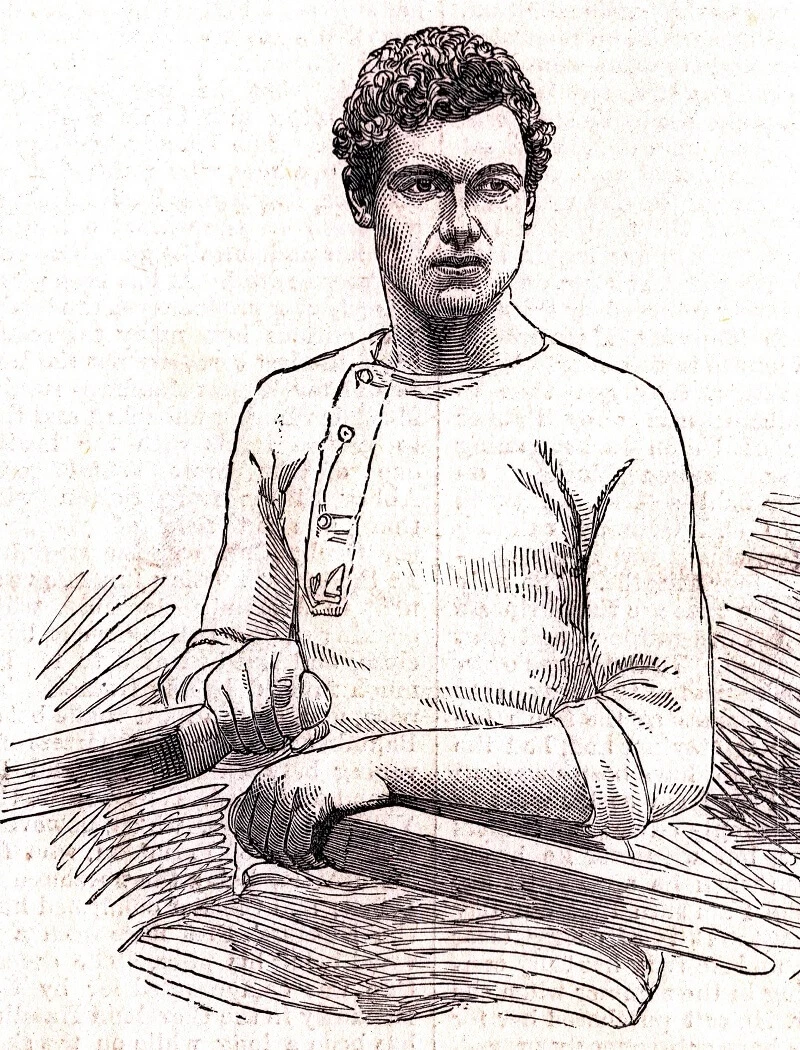
The rowing coach
Coombes went on to coach teams from both universities competing in the Oxford and Cambridge boat race, leading Cambridge to victory twice. He stopped coaching when controversy arose over the use of professional (working class) watermen to teach the amateur (upper class) university teams.
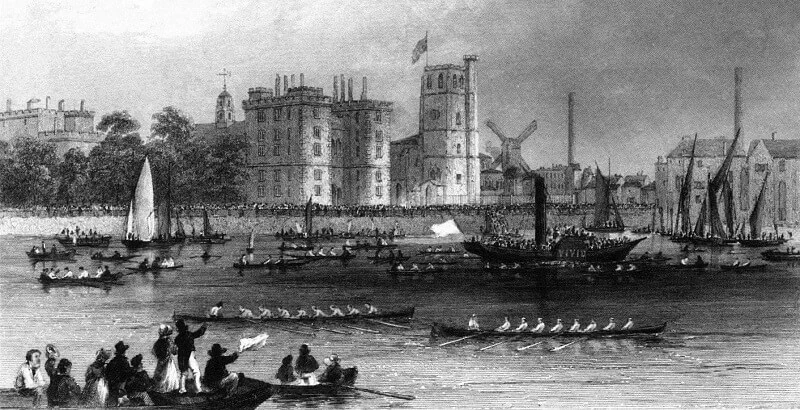
The company of Watermen and Lightermen
Despite his incredibly successful rowing and coaching career, Coombes died in poverty in Kent Lunatic Asylum in 1860. His impressive monument, topped with an upturned boat, was paid for by friends and members of the public. Many Thames watermen came to his funeral.
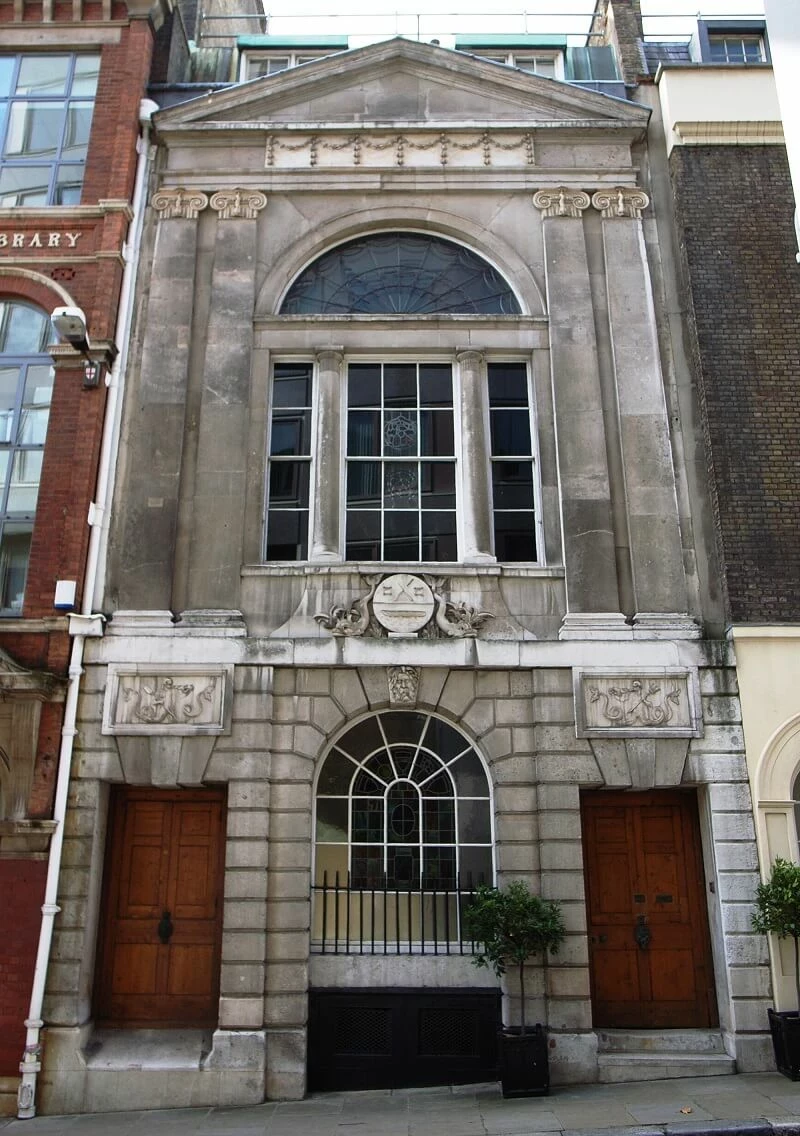
Further information:
The Company of Watermen and Lightermen of the River Thames
Historic England
Wikipedia